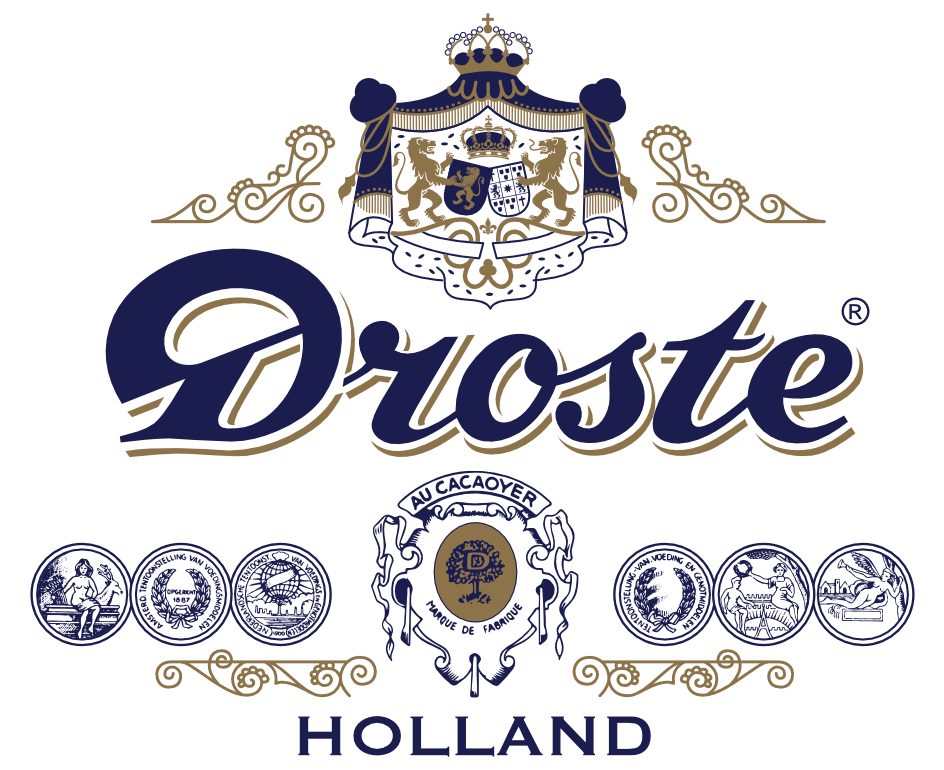Van rijke historie
naar nieuwe glorie
Is het mogelijk dat je niet meer weet hoe echte chocolade smaakt? Hoe heerlijk het is als je de smaak van de cacaoboon wel proeft. Goed om te weten dat we bij Droste nog steeds chocolade maken zoals het hoort. Al sinds 1863.
Droste, proef het verschil!

Al sinds 1863
Droste kent een zeer rijke geschiedenis. De naam Droste komt van G.J. Droste (Gerardus Johannes Droste).
G.J. Droste begon in Haarlem een koek- en banket winkel. Vanaf 1863 verkoopt hij in zijn winkel in Haarlem kleine ronde chocolaatjes, die we nu nog steeds kennen als de welbekende Droste pastilles!
Naast de bekende Droste pastilles staat Droste tot op heden nog steeds bekend om het Droste mannetje.
Het Droste mannetje (door de kunstenaar Cassandre) was in 1930 al een marketing uiting van het chocolademerk, en wordt tot op de dag van vandaag nog steeds in ere gehouden op alle chocoladeverpakkingen. Je kan het Droste mannetje natuurlijk ook herkennen van het grote neon-beeld wat vroeger op de fabriek aan het Spaarne heeft gestaan.
Jaap Eden
Van rijke historie naar nieuwe glorie. Droste na 130 jaar terug als sponsor in de schaatssport!
In februari 1893 leverde Droste de allereerste sporttabletten af aan sportheld en schaatskampioen Jaap Eden. Dit was de allereerste sponsordeal in de Nederlandse topsport.
Nu 130 jaar later verbinden Droste en team IKO zich aan elkaar. Met de geschiedenis in het achterhoofd kan het eigenlijk niet mooier. Droste is met trots sponsor van dit schaatsteam!


